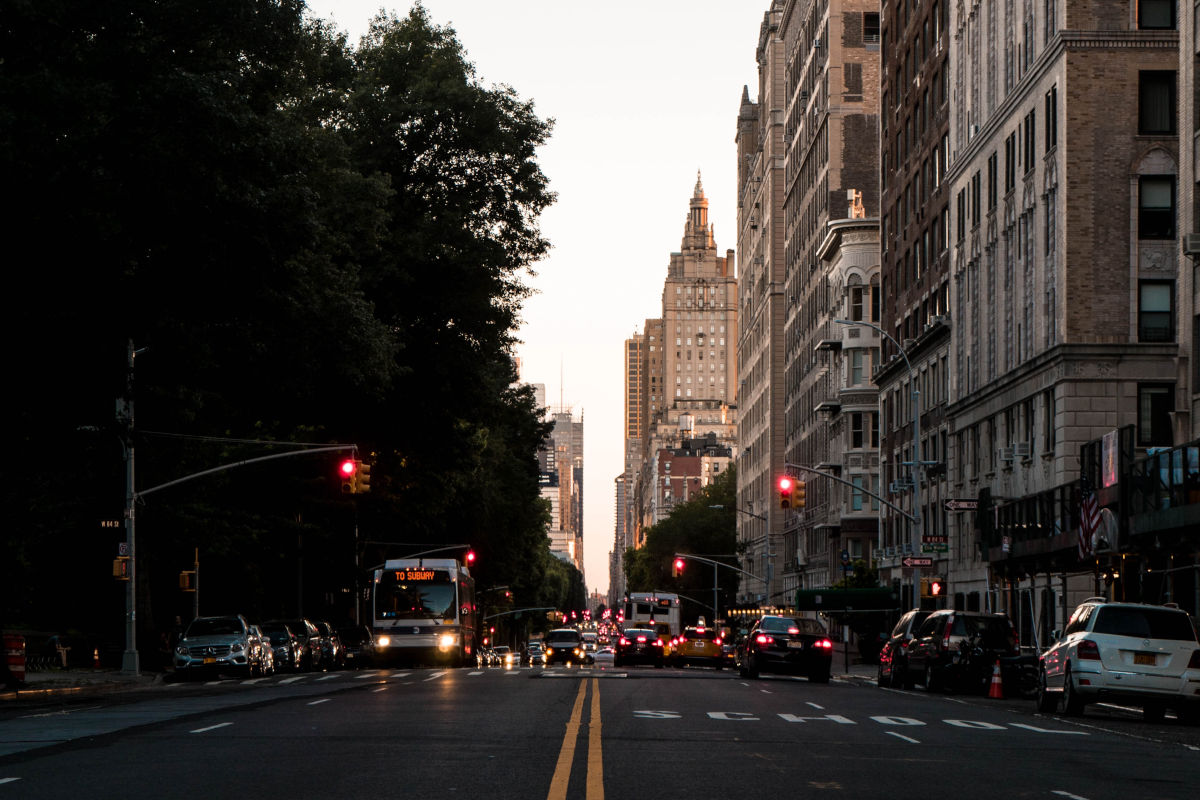New York MTA begins planning more accessible mobility network
MTA’s new strategic action plan looks to improve equity across the network by integrating bikes, pedestrians and micromobility options with the agency’s transport system.
New York’s Metropolitan Transportation Authority (MTA) is creating a new strategic action plan that aims to enhance bicycle, pedestrian, and micromobility access to MTA facilities and services.
The plan is set for release later in 2022, with MTA saying it “redoubles” the agency’s efforts to create a public transport system that provides equitable services through sustainable modes of transport.
MTA will work with Sam Schwartz Engineering as a consultant to provide critical expertise and support to the creation of the plan, which will launch in accordance with state legislation that was signed into law in 2021 by New York Governor Kathy Hochul.
Key points of the MTA plan
As part of its new strategic plan, the MTA has pledged to:
- Improve bicycle, pedestrian, and micromobility access to subway stations and bus stops
- Improve access at Long Island Rail Road and Metro-North Railroad stations
- Integrate trip planning and payments with bike-sharing and other micromobility services like electric scooters
- Strengthen coordination with municipalities
- Improve pedestrian and bicycle access to and on MTA bridges.
The agency says that these improvements will support the growth of more sustainable modes of transport, as well as maintain focus on its aims to enhance the experience of customers using active modes of transport, like cycling, walking or micromobility, to access New York’s public transport services.
MTA chair and CEO, Janno Lieber – who announced the new plan – highlighted the importance of improving access to services: “We want to improve customer access to our environmentally friendly MTA services, however they get to their train or bus.
“As a cyclist myself, I know that biking can be the perfect complement to mass transit. This plan improves access to our services through cycling, walking, and micromobility and will help bring riders back and reduce our carbon footprint.”
MTA’s contruction and development president, Jamie Torres-Springer, said that the plan would reflect the agency’s commitment accessibility, providing tangible actions to make it easier to move through the city without relying on a car.
New York transport accessibility progress to date
The MTA has already taken steps to increase bicycle, pedestrian, and micromobility access, including enhanced bicycle access to commuter rail, bus bicycle racks, and improved bicycle and pedestrian access on bridges.
Among its accessibility improvement works to date are:
- Eliminating the requirement to obtain a permit to bring a bicycle aboard LIRR or Metro-North trains
- Installing bike lockers at six Metro-North stations and eighteen LIRR stations
- Providing bike parking at more than 60 per cent of Metro-North and LIRR stations outside of New York City
- Installing permanent bicycle racks on buses operating on four routes to allow riders to travel longer distances with their bicycle and help riders who need to travel between boroughs via the Bronx-Whitestone and Verrazzano-Narrows Bridges
- Investment from MTA Bridges and Tunnels in numerous bicycle and pedestrian access improvements including adding the new Morris Street Pedestrian Bridge over the Hugh L. Carey Tunnel Manhattan Plaza, widening a pedestrian approach and renovating the entire walkway of the Cross Bay Veterans Memorial bridge, and improving bicycle lanes and pedestrian crossings at Lily Pond Avenue on Staten Island near the Verrazzano-Narrows Bridge.




Leave A Comment